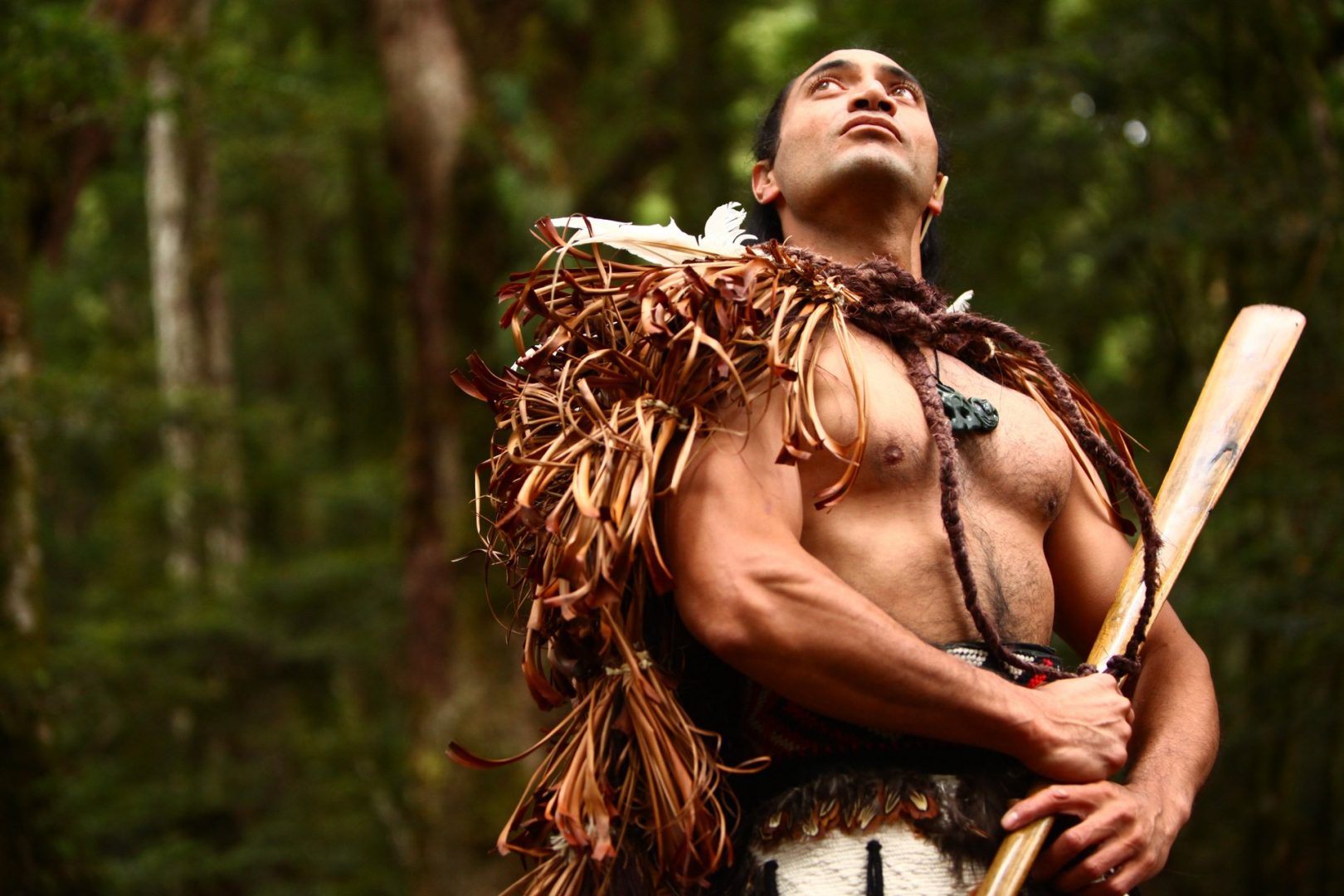화카타네 지구는 베이오브플렌티 지역의 지역으로, 베이의 동부 해안선을 가로지르고 비옥한 랑가타이키 평원으로 내륙에 도착합니다.고품질 목재 및 유제품, 키위, 사과, 해산물을 생산하는 거대한 농업 분야 외에도 마오리 유산의 중심지이기도 합니다.모래 해변, 저지대, 언덕, 헥타르의 수풀은 일곱 가지 부족, 또는 이위의 본거지입니다.
은가티 아와 응아이 투호는 화카타네 지구에 있는 가장 유명한 두 개의 이위입니다.대부분의 Ngati Awa 거주지는 랑가타이키 평원에 있으며, 투호에는 전통적인 땅인 테 우레웨라 (Te Urewera) 의 높은 언덕이 많은 숲을 중심으로 자리잡고 있습니다.두 부족의 많은 구성원들은 화카타네-오호프, 에지텀베, 무루파라 (Whakapapa) 에 있는 이 지역의 도시 중심지에 살고 있으며, 그들의 고향 조상 또는 화카파파와 긴밀한 관계를 유지하고 있습니다.
역사
누가티 아와 투호에 이위는 오늘날 뉴질랜드로 알려진 아오테아로아를 발견한 것으로 알려진 전설적인 선원 마우이의 손자인 티와카와카 (Tiwakawa) 에서 내려오는 것으로 알려져 있습니다.티와카와카의 부족들은 현재 화카타네의 카카호로아 (Kakahoroa) 에 있는 그들의 거점이 성장하고 다른 공동체를 낳기 때문에 토이 국민과 혼혼했다.
훌륭한 이주 카누인 마타아투아 와카 (Mataatua Waka) 는 토로아 사람들을 카카호로아 강어귀로 데려 갔습니다.남자들이 원주민을 만나기 위해 몰려들면서, 여성들은 마타아투아를 해안에서 멀리 옮기겠다고 위협하는 강한 조류와 맞서기 위해 떠났다.여성들이 항해에서 낙담하는 전통에도 불구하고 토로아의 딸 와이라카는 “E!기아 화카타네 au i ahau “(“내가 남자의 한 부분을 행동하자”), 그녀의 주위의 여성들이 카누를 해안으로 노젓기 위해 집결했습니다.화카타네는 영웅적인 선언의 이름을 따서 명명되었습니다.
티와카와카, 토이, 토로아 선장의 와카 후손들로부터 은가티 아와, 투호에 씨가 등장했습니다.마오리 민속학은 아와누이 아란기 2 세가 이전 부족을 설립했고, 후자는 투호에 포티키의 이름을 따서 명명되었다.현재 부족의 기원에 대한 풍부한 구술 전통이 지속됩니다.
인구
2013년 국가 인구 조사는 투호 인구를 34,980에 두었으며 그 중 5,000명만이 조상의 땅을 차지하고 있습니다.같은 인구 조사는 Ngati Awa iwi와 제휴하는 16,179 명의 개인을 계산합니다.아와누이아랑기 사람들의 절반 이상이 화카타네의 도시 지역에 살고 있습니다.화카타네에는 마오리 언어인 테 레오 마오리 (te reo maori) 의 연사가 국가 평균보다 훨씬 더 많으며, 다른 사람들이 토지의 역사와 밀접하게 연결되어 있기 때문입니다.
이코노미
마오리 혀에서는 화카타네 땅의 정신을 마나 훼누아 (마나 훼누아) 라고 불리며, 응가티 아와 투호는 마나 훼누아의 충성스러운 청지기로 여겨진다.산업화의 출현으로 파케하 (pakeha) 또는 유럽 정착민들이 가져온 두 부족은 본래의 자연 및 사회적 환경을 보존하는 데 상당한 영향을 미쳤습니다.언어와 문화는 도시와 농촌 사회와 젊음과 노인들 모두에서 깊이 뿌리 내리고 있습니다.탕기항가 장례식, 마라에 모임, 기념석 전시, 부시 나라로의 모험과 같은 조상의 전통은 부지런히 관찰되고 있습니다.
그들의 고향에 대한 숙달을 통해 두 이위의 의견은 토양 비옥도 확인, 토종 동식물 연구, 중요한 탕가타 훼누아 유적지 보존, 테 레오 마오리 및 마오리 가치에 다른 사람들을 침몰시키는 등 화카타네 지구의 수많은 상업 운영에 매우 중요합니다.혈연 관계, 자연과의 조화, 부족 스포츠, 토론 및 춤을 통한 경쟁.
두 이위의 전통, 행사 및 예술도 지역 및 국제 관심을 끌었습니다.주요 부족의 명소로는 화이트 아일랜드, 활화산 섬, 와카 타네 (Whakatane) 의 상륙 지대, 지구 주변의 다양한 PA 사이트 및 테 우레웨라 국립 공원이 있습니다.이 지구는 관광과 탐험을 위한 다양한 생물군을 제공합니다.Ngati Awa (Ngati Awa) 와 투호에 이위의 삶에 몰입하는 것은 많은 관광객들에게 흥미로운 기회가 되었습니다.

















































